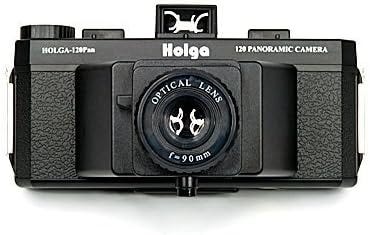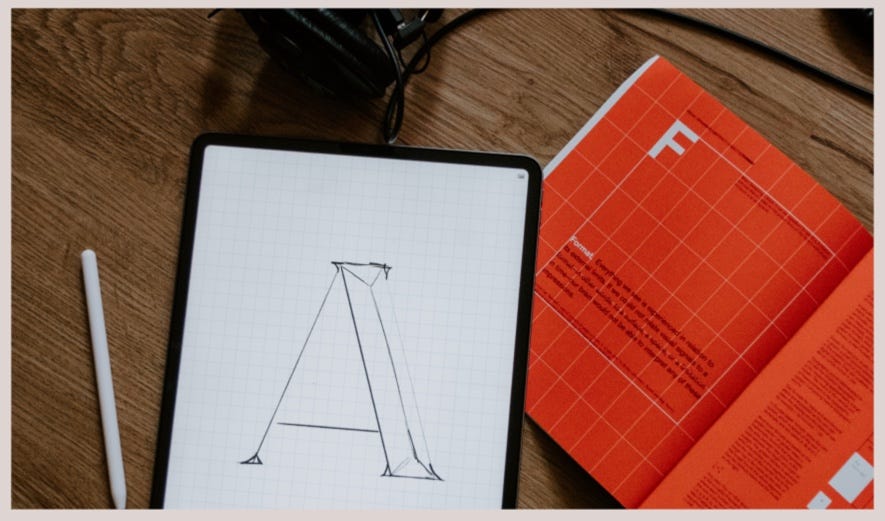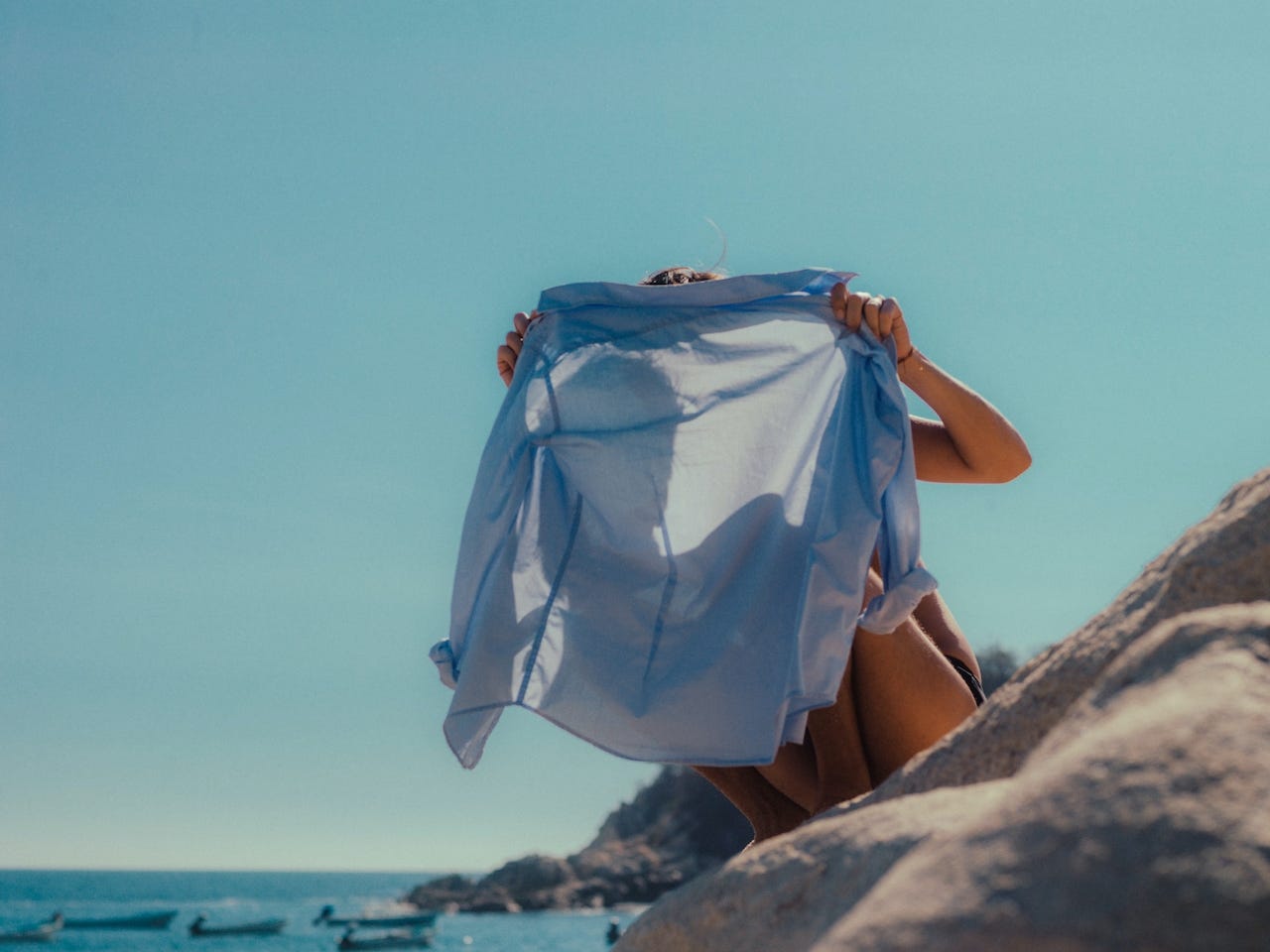Plastic Fun, Way Out Marketing, and We've Got You Covered, You Crazy Photographer.
It's an upside down world and we are still holding on!

And the weekend cometh.
I don’t know what is going on in my hometown of Phoenix, but the usually brutal summer seems to have overslept. And I am fine with that. Taking advantage of these mild temps, (yes, 100 degrees is considered mild in mid-June around these parts), I have begun creating a creation spot in my garage.
I purchased a small air conditioner and it seems to be able to cool off the garage in about 20 minutes and keep it fairly comfortable to work in.
I have reason to be optimistic about a good, long motorcycle ride in the early fall, but will have to wait till early August to make the call on where I am going to go.
This is a hybrid post. A lot of stuff up here for my free subs, and some stuff after the paywall for my premium subs. And thanks to all of you for being a subscriber, that means a lot to me.
First up:
The Plastic, Fantastic Fun Camera.
I was discussing panoramic images with a friend and mentioned how much I have always wanted a Fuji 6x17. However, the price point of that camera is still in the mid-2000s, so I may have to wait for the Lottery.
The next day, this popped up in my Google ads on some page I was looking at.
The Holga 6x12 film camera. OK, it isn’t as wide as a 6x17, but it only runs about a hundred bucks.
So, there is that.
I will be heading out with this in my bag next week. I know exactly where and what I want to use it for. I will probably shoot two rolls - 8 images total.
If you are intrigued, this is a page of images taken with this camera.
This is a terrific post from the folks at Blurb on creating a portfolio. The information crosses between design and photography, but it is all absolute gold for anyone who has the need for a portfolio.
The challenges of image licensing.
Being asked for a licensing fee from a client can be somewhat challenging. There is simply nowhere to easily find what a licensing fee should be.
First, we should understand what licensing means.
The licensing of an image can be a complex process depending on the specific context, rights of the creator, and needs of the user. Here's a general guide on how to figure out the licensing of an image:
Understand the Basics: An image license is a legal agreement that grants someone permission to use a photograph in certain ways, and ensures that the creator gets paid for their work. It defines how, where, when, and why the photo is being used. It's a key tool for photographers to ensure they're compensated fairly and their images aren't used improperly [1].
Establish Ownership: Only the copyright owner of an image, typically the photographer, or an entity authorized by them (like a licensing agency), can grant an image license [2]. The copyright holder maintains the right to determine when and how their work is used.
Consider Image Usage: The type of license required depends on how the image will be used. Will it be used for commercial purposes? Does the client want exclusive rights to the image? You also need to discuss further details or limitations on their commercial usage [1].
License Types: There are a few main types of licenses:
Rights-Managed: This license is very specific about how, where, when, and why the licensee can use the image. It can restrict usage based on duration, region, platform, or format. If the licensee wants to continue using the image after these restrictions expire, they need to negotiate a new agreement [3].
Royalty-Free: With this license, the user pays a one-time fee and can use the image without any additional royalty payments. The image can usually be used in any format, for an unlimited time, and worldwide [3].
First Rights or One-Time Use Rights: These rights allow the client to use the image once, after which the photographer can resell it [1].
Create or Use an Agreement: Once the license type and usage have been decided, the next step is to create a licensing agreement outlining these terms. This agreement can be drafted by an attorney, or a standard form can be used and adjusted to meet the specific needs of the agreement.
In all cases, it's recommended to consult with a legal expert in copyright law when negotiating and creating image licenses to ensure all parties' interests are protected, and the agreement is legally sound.
Note that some image licenses are governed by specific laws or regulations in certain countries, so always check local copyright laws before proceeding.
Disclosure: When licensing fees come up, the world becomes a very quiet place. Finding out what to charge is damned near impossible.
So let me help you with a range.
Two-year licensing for a buyout (most gigs today want to be able to use them on a lot of platforms) runs between 100% and 400% of the fee. The 400%ers are the biggest names for the biggest clients with the biggest budgets.
For most of us 100% - 200% is a good range.
If the shoot fee is $5000, the usage fee for two years would be $5000 (100%) to $10,000 (200%).
I hope that helps.
I have a post being prepared for next Tuesday with a lot of new ideas for marketing and selling your work. Watch for it.
One of my favorite classes is returning. This is a remarkable class, and every student who has gone through it has increased their portrait shooting exponentially.
The rest of today’s post is reserved for premium members. I hope you consider joining the premium group, as it helps me keep these posts coming as well. Today, we will be looking at some exciting ways to promote our work, find clients, and deal with objections… it is surprisingly easy.
Keep reading with a 7-day free trial
Subscribe to In The Frame to keep reading this post and get 7 days of free access to the full post archives.








